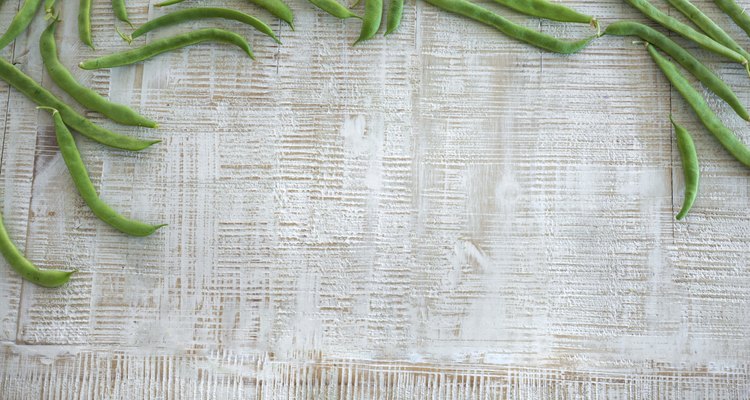
Anne Greenwood/iStock/Getty Images
The term "julienne" means “matchstick” and refers to vegetables cut into long, slender strips. Julienne is both a decorative technique and also makes denser vegetables cook more quickly. Cutting julienne vegetables by hand requires a steady hand and a lot of practice. Julienne green beans are especially tricky due to their size. Once you master the knife work involved, you can create delicate French-style julienne beans.
Rinse the green beans in cold water. Cut off and discard the stems.
Cut the beans in half, lengthwise. Put them in a bowl.
Lay one bean cut-side down, lengthwise. Curl your fingers and place the flat edge of your nails against the long edge of the bean. Curling your fingers allows you to hold the bean in place and avoid cutting your fingers.
Hold the knife at the base of the handle, where it meets the blade. Holding the knife lower gives you better control.
Place the tip of the knife on the farthest end of the bean, opposite your fingers. Rock the blade downward, along the length of the bean, as if using a paper cutter, to cut off a matchstick-width sliver of bean.
Repeat the cutting motion across the width of the bean, working toward the fingers on your opposite hand. Put the cut beans in a bowl of ice water.
Related Articles

How to Cook Romano Beans
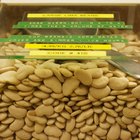
How to: Crock-Pot Lima Bean Soup
How to Shred Daikon
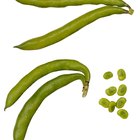
How to Freeze Fresh Beans Using Pillow ...
Easy Black Bean Soup Recipe
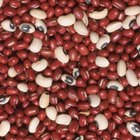
How to Convert Dried Beans to Cooked ...
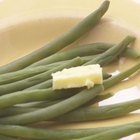
How to Cook Dragon's Tongue Beans

How to Use a Bird's Beak Knife

How to Cook String Beans
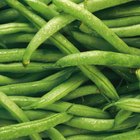
How to Bake Fresh String Beans in the ...
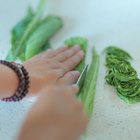
How to Cut Cabbage Very Finely

How to Tie a Bandana Skull Cap
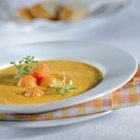
How to Garnish a Soup

How to Cook a Turban Squash
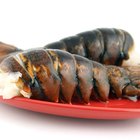
Step-by-Step Instructions for Boiling ...

How to Trim Sugar Snap Peas
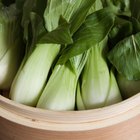
How to Steam Cook Cabbage

How to Mince Celery
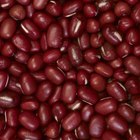
How to Make Homemade Red Bean Paste ...
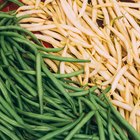
How to Blanch Green & Yellow Beans
References
- “Culinary Arts Principles and Applications”; Michael J. McGreal; 2008
- “On Cooking: A Textbook of Culinary Fundamentals (5th Edition)”; Sarah R. Labensky et al; 2010
Tips
- Avoid using a serrated blade; a flat blade cuts much easier.
- Work slowly, at first, to maintain control of the blade and avoid cutting your fingers.
Writer Bio
Max Whitmore is a personal trainer with more than three years experience in individual and group fitness. Whitmore has a Bachelor of Arts in English literature from the University of Cincinnati, fitness certifications and dietetics training from Cincinnati State Technical and Community College. Whitmore has written for several online publishers.
Photo Credits
Anne Greenwood/iStock/Getty Images